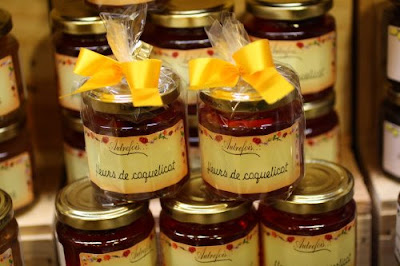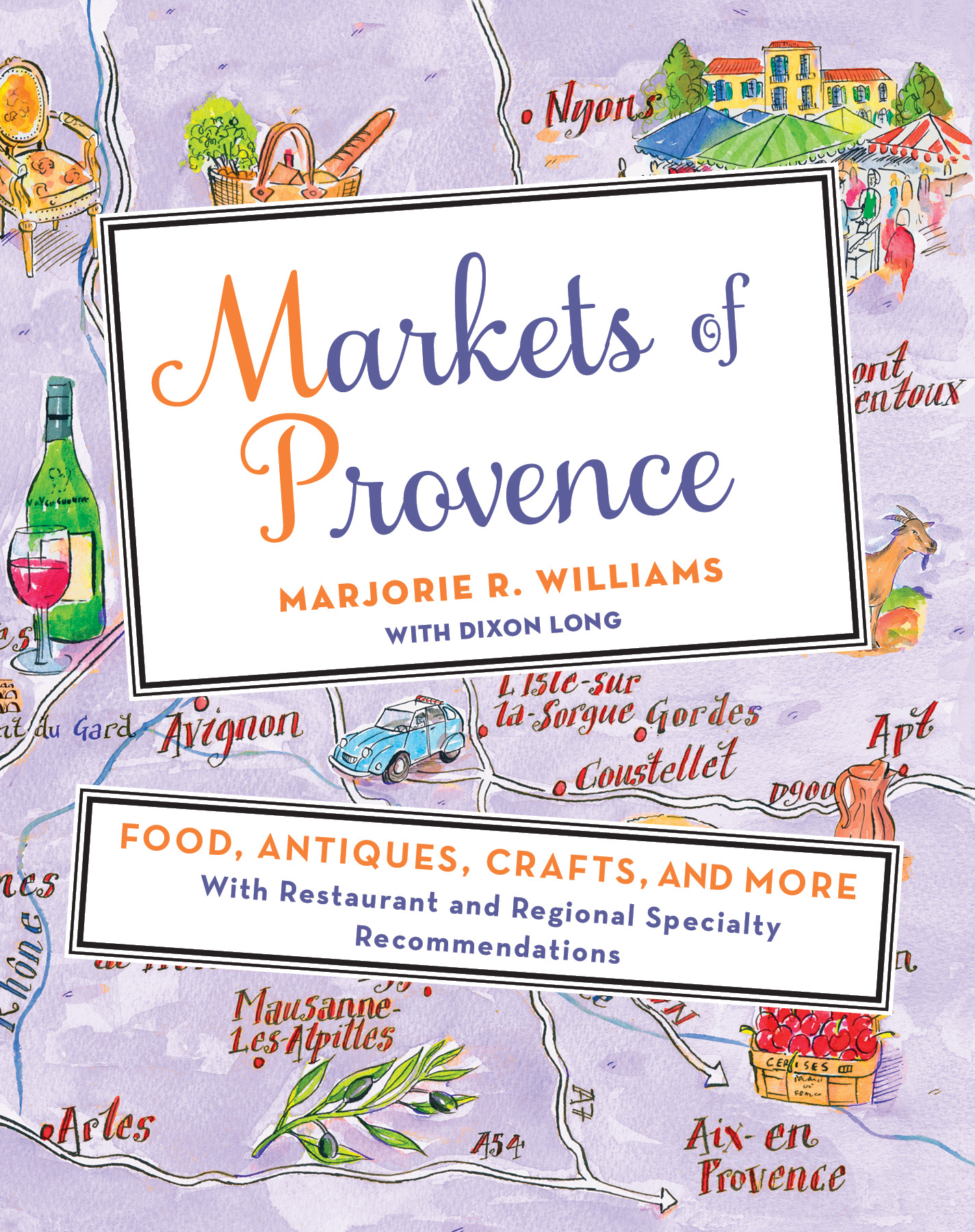 This Saturday, the four of us decides to step back a millennium in medieval times. The night before, Mr. English and I went out to dinner alone at a little place in Cassis I had been wanting to try called Le Chaudron, or the cauldron. I had noticed that in most of these beachfront towns, the worst restaurants had the overflowing terraces by the sea, and the ones with the good food were tucked away charmingly and quietly on little cobblestone streets. Le Chaudron was one of the latter. It wasn’t the best food I ever had, but I loved the local accents of seafood, and the ambiance, and the dark chocolate mousse which was so thick it had to be ripped from spoon like Nutella straight from the jar.
This Saturday, the four of us decides to step back a millennium in medieval times. The night before, Mr. English and I went out to dinner alone at a little place in Cassis I had been wanting to try called Le Chaudron, or the cauldron. I had noticed that in most of these beachfront towns, the worst restaurants had the overflowing terraces by the sea, and the ones with the good food were tucked away charmingly and quietly on little cobblestone streets. Le Chaudron was one of the latter. It wasn’t the best food I ever had, but I loved the local accents of seafood, and the ambiance, and the dark chocolate mousse which was so thick it had to be ripped from spoon like Nutella straight from the jar.
The next day, the four of us travelled inland and back in time. We began in the fortress town of Les Baux, perched above olive groves and among ruins. Looking up at it from below (you can’t drive up, you have to walk), you can hardly tell where cliffside rock ends and ruined castle begins. The pedestrian only streets, though touristic, echo with the clatter of bygone hoofbeats, and every angle of the tiny town offers spectacular views over the patchwork countryside below, and the vine-laced ruins of one of the Middle Age’s most formidable strongholds. It was one of my favorite places on this trip. We sat on a terrace in a restaurant that I was so excited by, that I forgot to even look at the name. There, we nested like birds, jutting out over a stoney cliff, and ate the best salads we’d ever seen, drench in the olive oil pressed from the groves below. While touristic in the summer, it was barely brimming when we were there, and the shops along the tiny streets offered some fabulous culinary insight: Camargue sea salt, the pastes of Provence, as I call them, flower jams, and, of course, the many shades of liquid gold olive oil. I could have stayed there forever, frozen in time.
Next we headed to St. Remy, but then left right away after taking one turn around its “typical” streets, and continued on to Avignon. If Les Baux is a medieval town, then Avignon is a medieval city. I had never been there before, but somewhere between the ancient turreted walls and the Petit Bateau shops, I fell in love. And yes, I danced sur le pont d’Avignon, and then ate a spectacular meal at a restaurant called Le Moutardier, on the site of the old mustard factory to the ancient popes of Avignon.
Cassis
 Remains from the Time of the Lords of Baux, the militant eagles who nested in the heights of Provence
Remains from the Time of the Lords of Baux, the militant eagles who nested in the heights of Provenceflavored with garlic, saffron, and red pepper
 Aioli is a garlic mayonnaise made fresh from egg yolks and oil. It is commonly served here with fish.
Aioli is a garlic mayonnaise made fresh from egg yolks and oil. It is commonly served here with fish. Black Olive Tapenade is the most common. But you can also get Green Olive Tapenade, Pistounade (a combination of green tapenade and pistou), Anchoiade, an entirely anchovy version, or Olivade, which is the olive spread without the capers and anchovies required to make tapenade.
Black Olive Tapenade is the most common. But you can also get Green Olive Tapenade, Pistounade (a combination of green tapenade and pistou), Anchoiade, an entirely anchovy version, or Olivade, which is the olive spread without the capers and anchovies required to make tapenade. The iconic garlic graters of Provence. An American woman saw me eyeing one in a shop and said she bought one three years ago, and still hasn’t successful removed all the garlic from her first fatal garlic swipe. So I didn’t buy one, but they are still a kitsch way to imagine starting pistou chez moi.
The iconic garlic graters of Provence. An American woman saw me eyeing one in a shop and said she bought one three years ago, and still hasn’t successful removed all the garlic from her first fatal garlic swipe. So I didn’t buy one, but they are still a kitsch way to imagine starting pistou chez moi.
 I ordered the Salade du Chef (a far cry from American Chef’s Salad) and it came with an old family favorite! Salade Cuite, or cooked salad, which is what we call it en famille, but really it is simply roasted peppers sauted at the end in olive oil and garlic.
I ordered the Salade du Chef (a far cry from American Chef’s Salad) and it came with an old family favorite! Salade Cuite, or cooked salad, which is what we call it en famille, but really it is simply roasted peppers sauted at the end in olive oil and garlic.  Salade du Chef: Mixed Greens, Cucumbers, Onions, Tomatoes, Olives. Baguette Toasts with Tapenade and Salade Cuite. And Goat Cheese Toast with Herbes de Provence. An Olive Oil and Garlic Vinaigrette.
Salade du Chef: Mixed Greens, Cucumbers, Onions, Tomatoes, Olives. Baguette Toasts with Tapenade and Salade Cuite. And Goat Cheese Toast with Herbes de Provence. An Olive Oil and Garlic Vinaigrette. Salade Nicoise: Mixed Greens, Cucumbers, Onions, Tomatoes, Olives.
Salade Nicoise: Mixed Greens, Cucumbers, Onions, Tomatoes, Olives.Tuna, Haricot Verts, Hard-Boiled Egg, Potatoes, Anchovies. Olive Oil an Garlic Dressing.





























